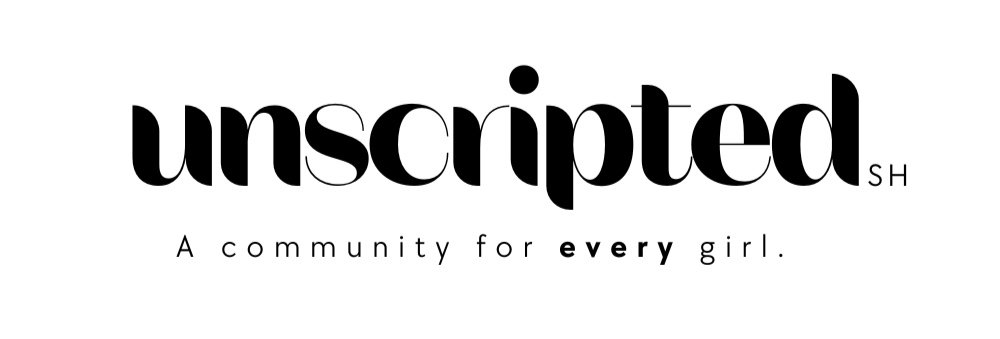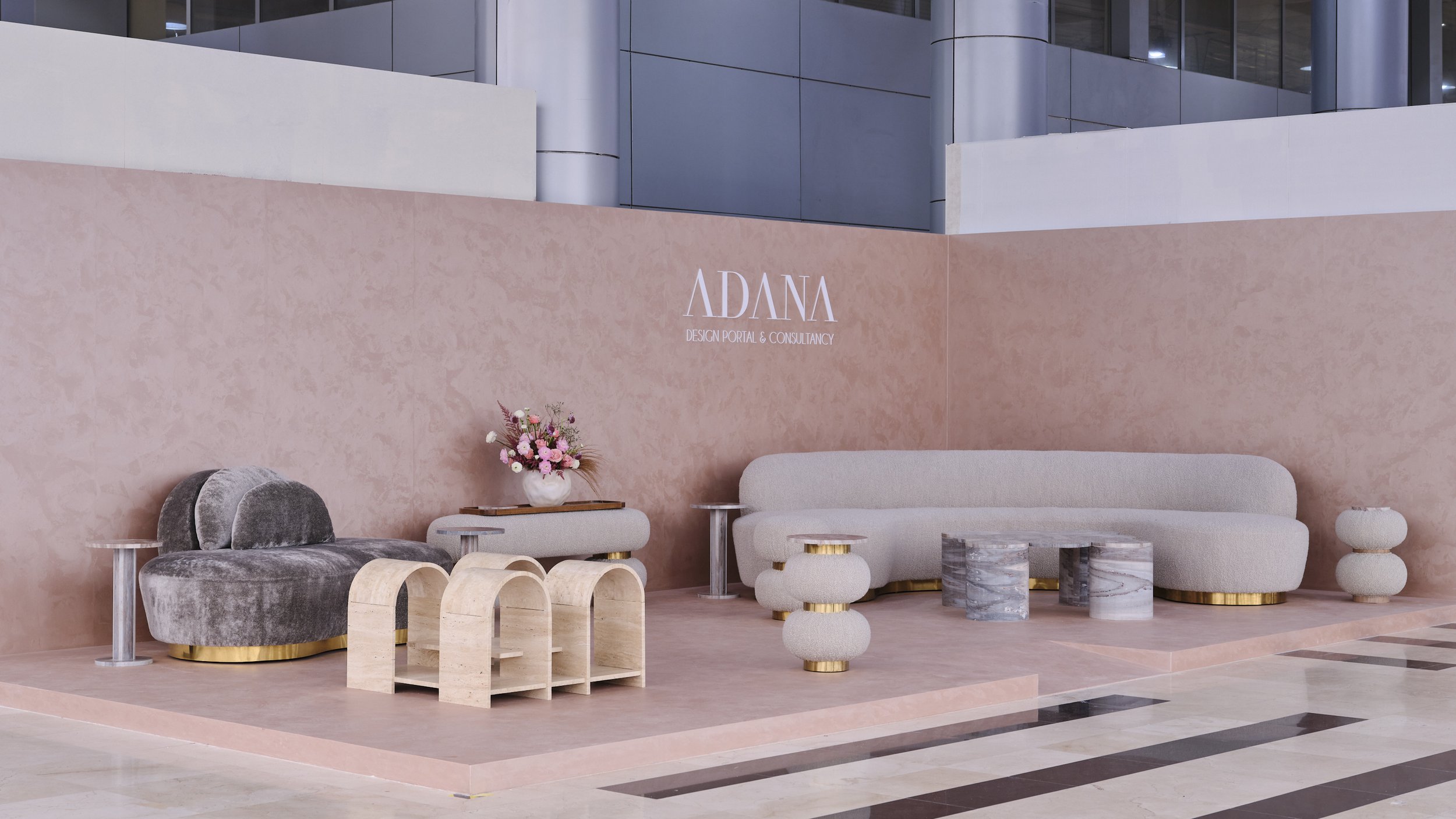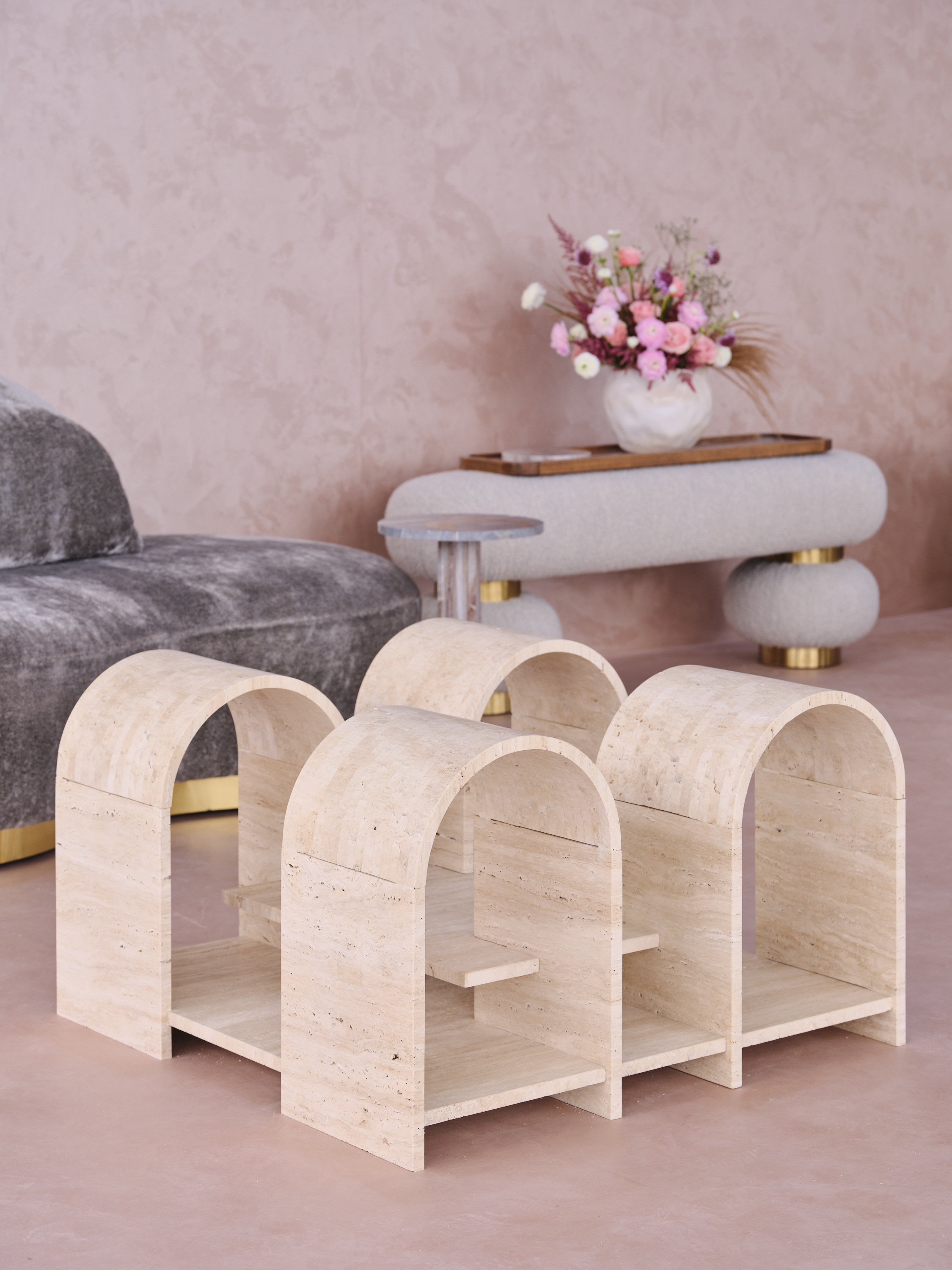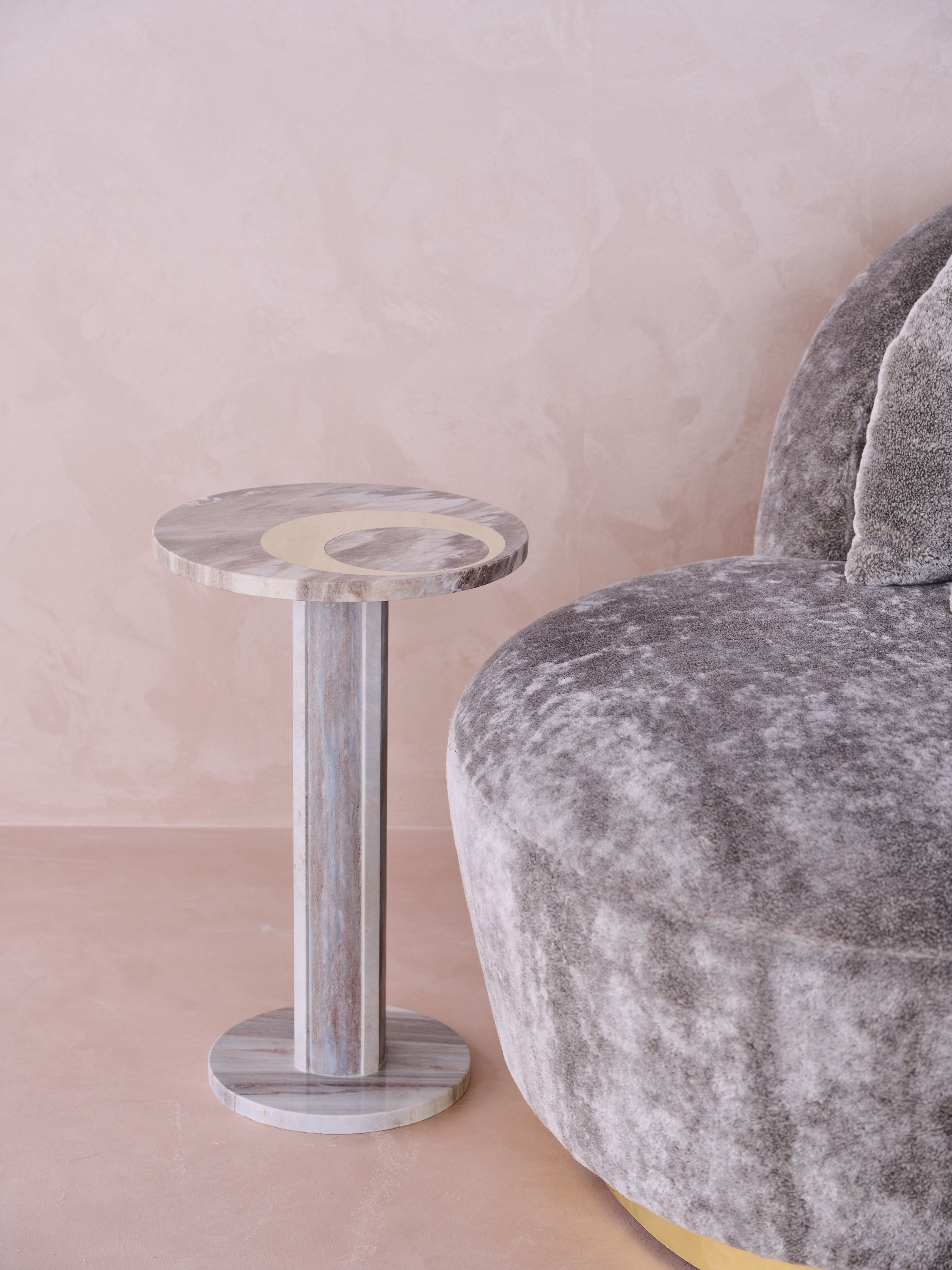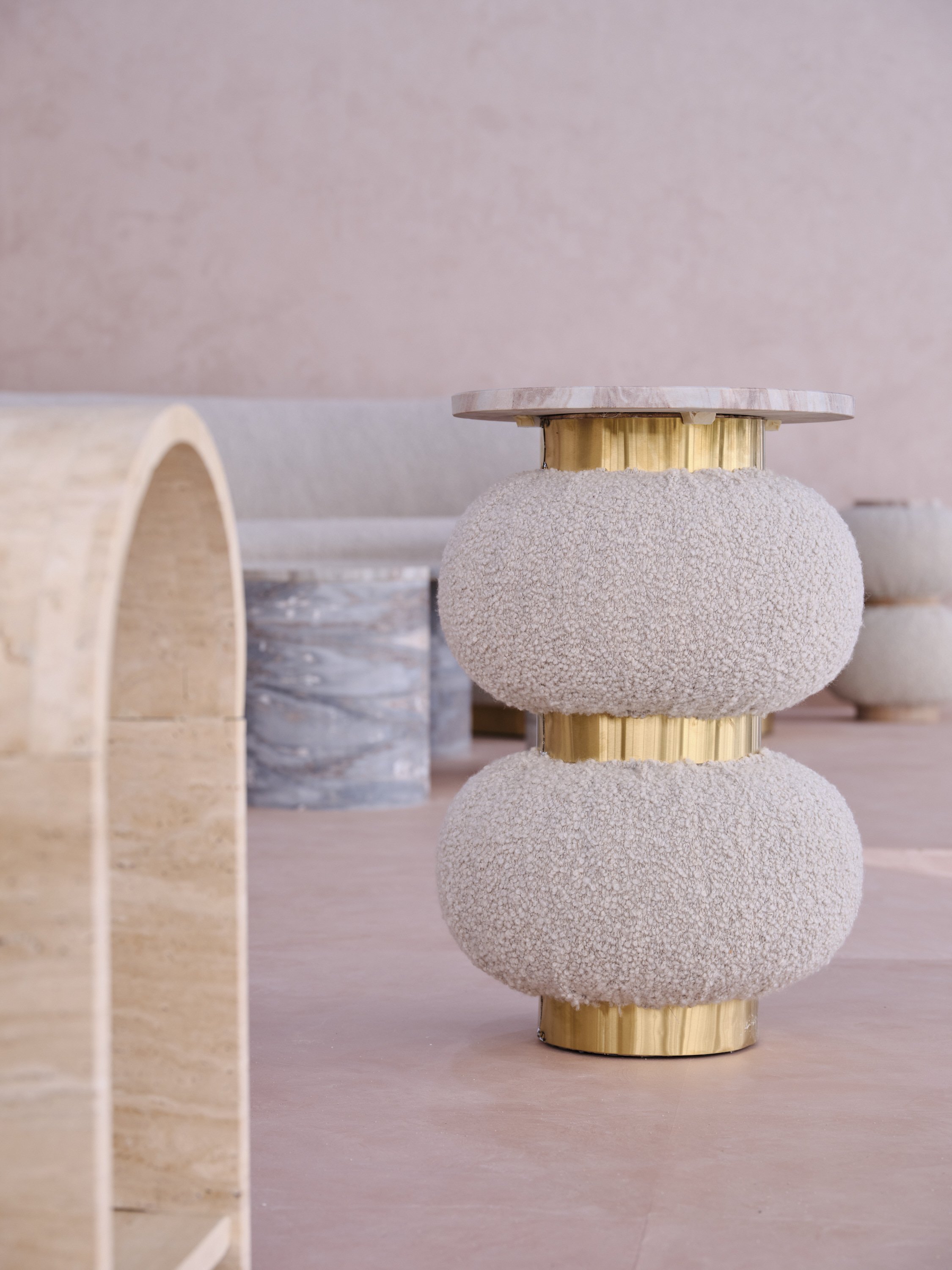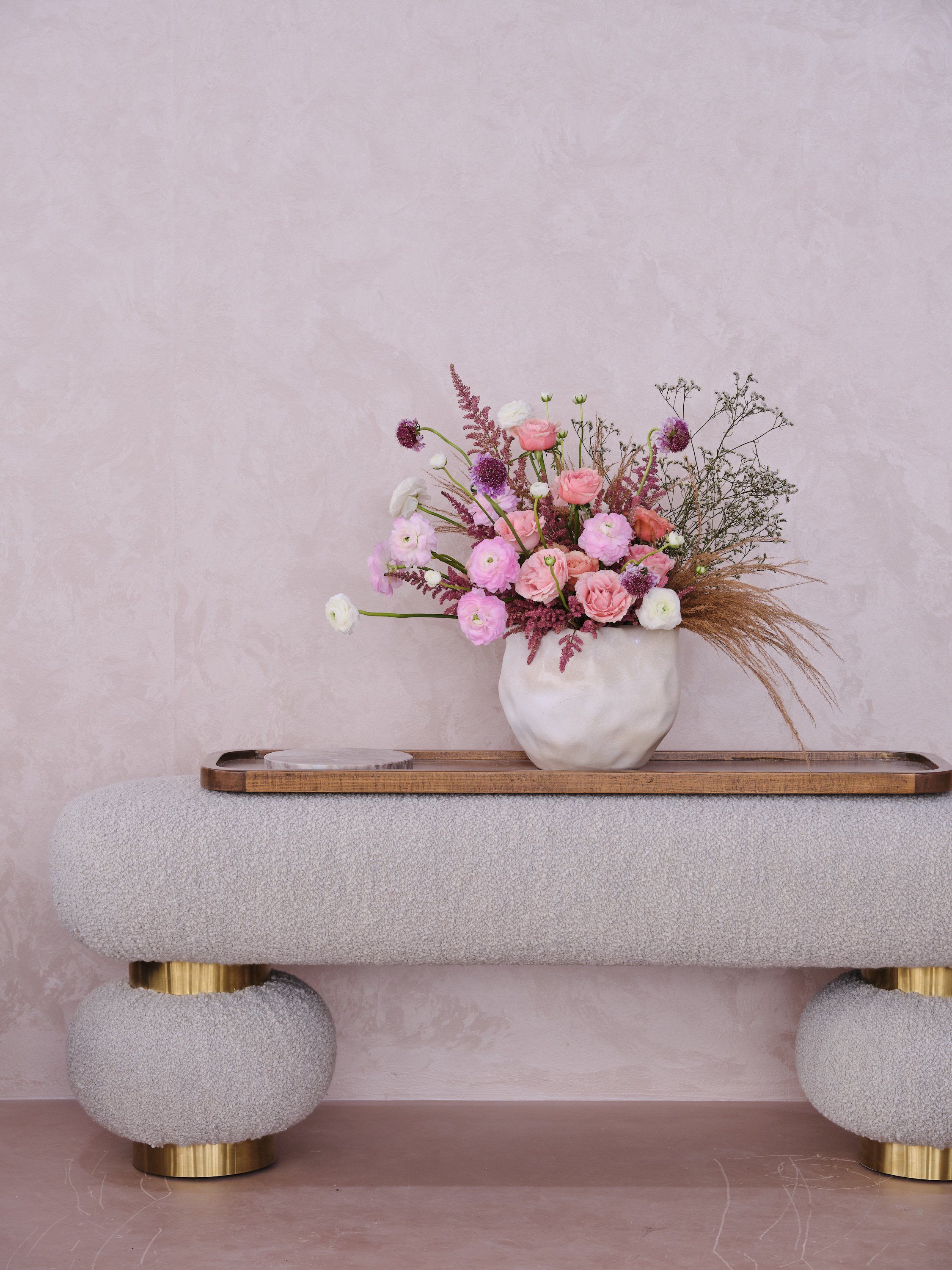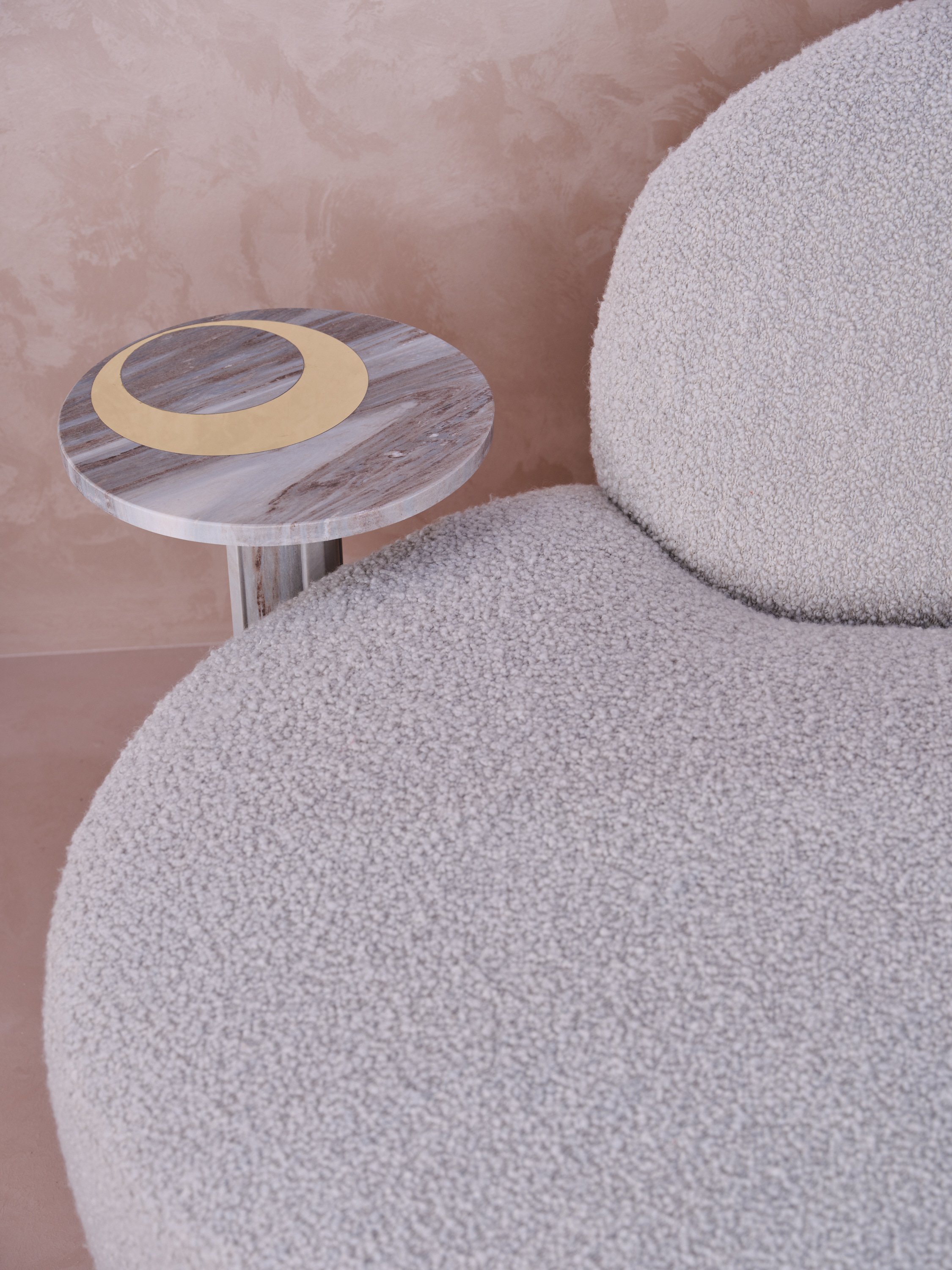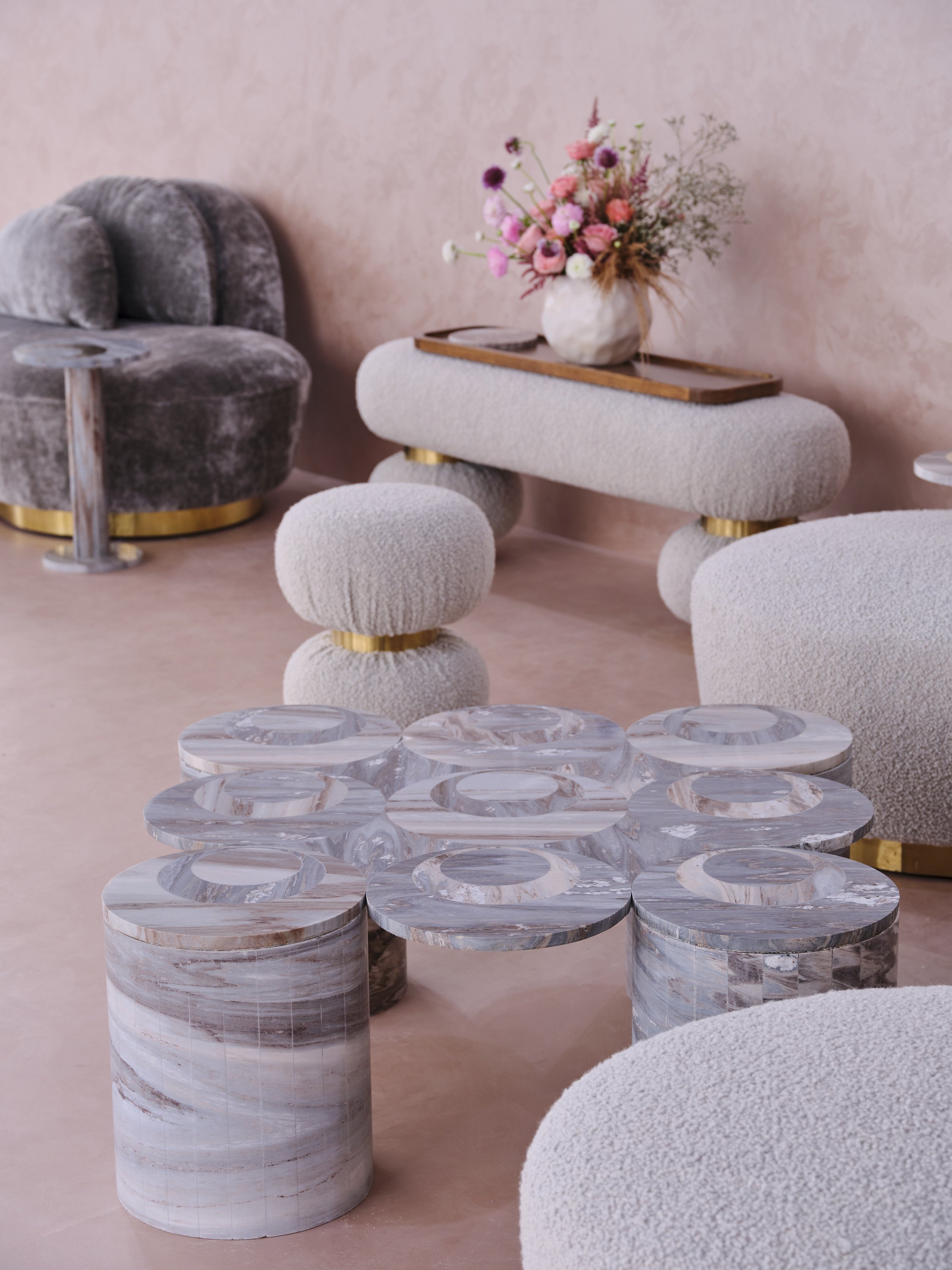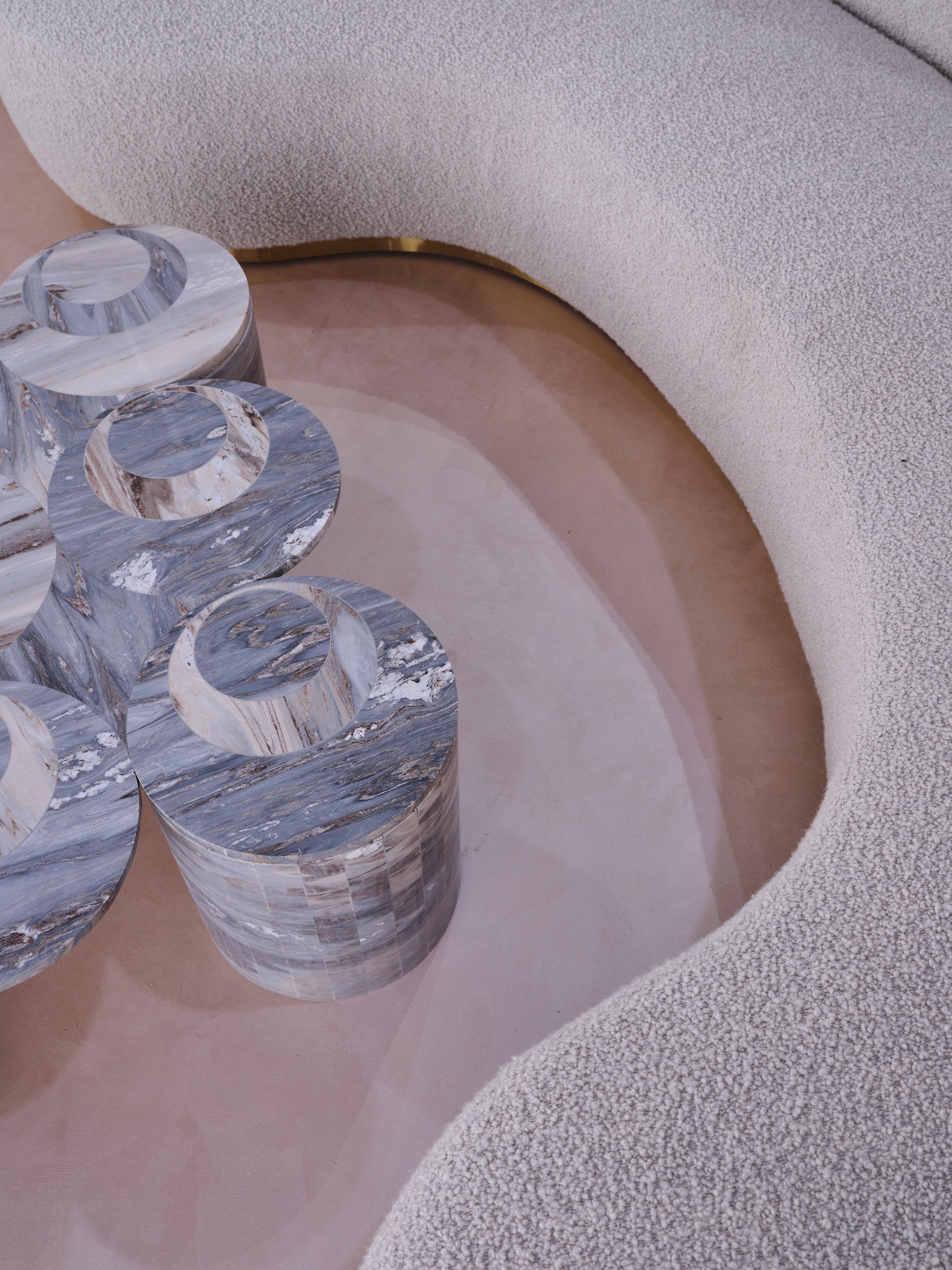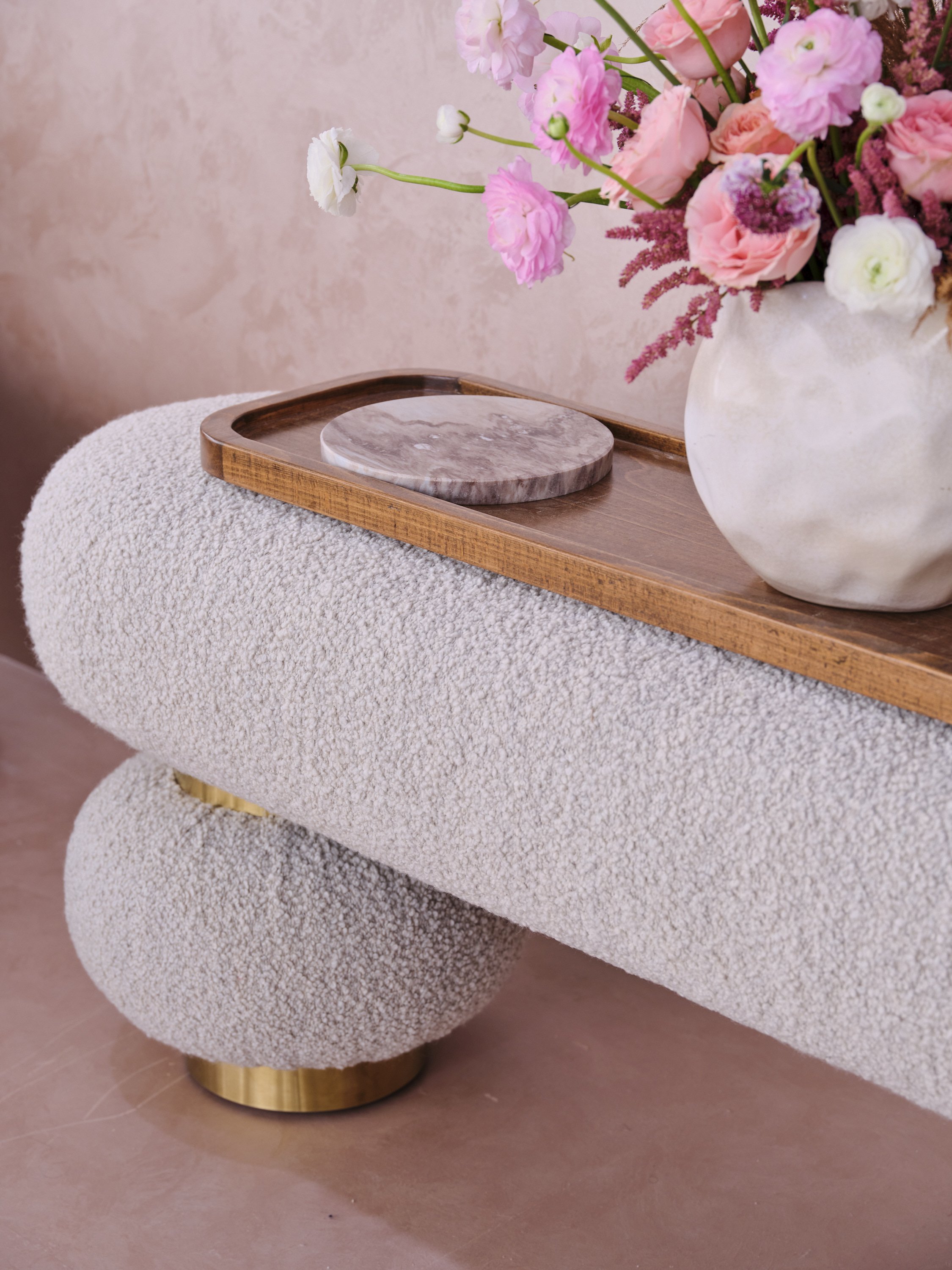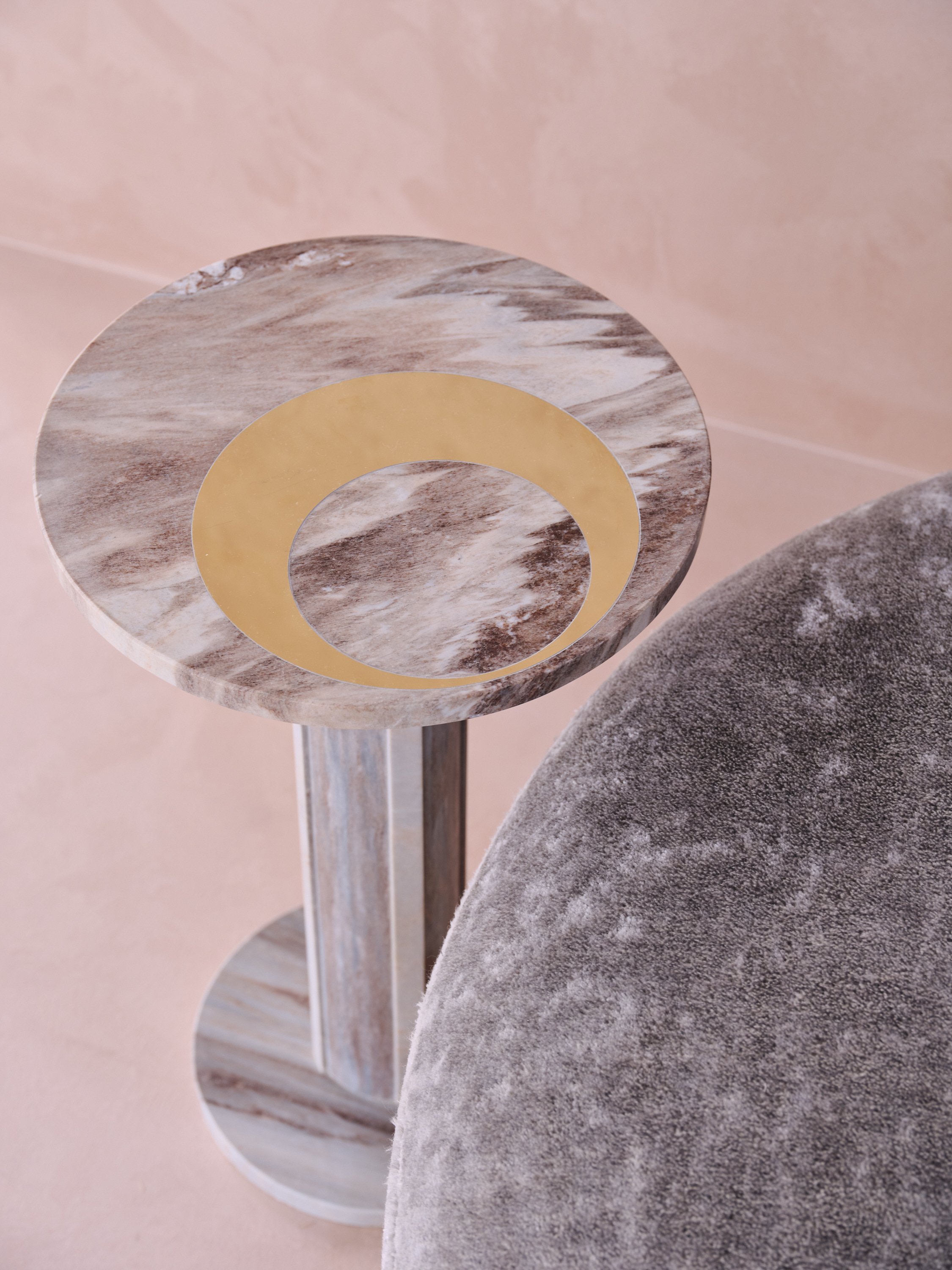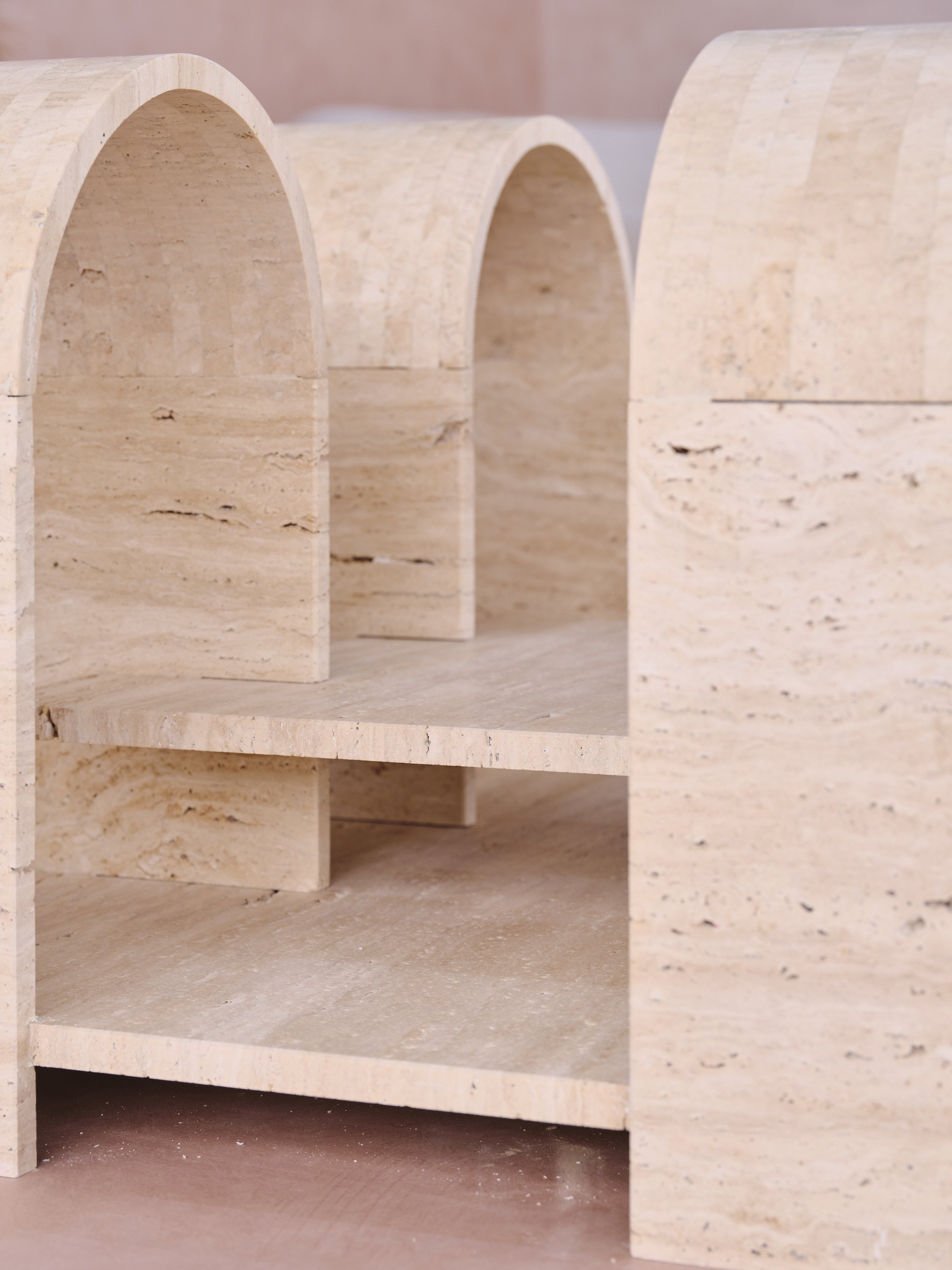Adana: Interior Design
Creativity is such a multi-faceted word, and one of my favourite parts of it I’ve had the opportunity to explore is interior design and architecture. When I think of interior design, I think of creating harmonious and coordinated spaces. Space is such an exciting element. When I think space, I think of an article I came across a while ago based on the writer Lucille Clifton. She had turned her house into a refuge for others, but at the same time, she also set up a typewriter in her dining room. With her typewriter, she could escape from the apparent chaos in the real world, the home she had created for herself, so she could get some time to compose some of her poetry. She could be at home in her home and in her mind. Hmm, sounds like some kind of tension, right? The question of how to live within this tension—of the need to create a home and safe space in which you can be artistically liberated and even reckless—is a fascinating one, perhaps the primary one, always drumming beneath the song of an artist’s life. Maybe it is to know that the tension doesn’t have to be tortured; it can be a sweetness of its own. That sweetness is found in disparate places.
Anyway, enough about that. A couple of months ago, I attended Dubai Design Week, an event like an innovative and visionary hub that brought together creative design, people and inspiration all under one roof. It was quite a fantastic experience, but what made it more memorable and worth this article was the encounter I had with Dana of Adana Design. Someone had told me this was her first exhibition with Dubai Design Week. She stood in the centre of her installation with pride; I couldn't help but admire her!
So in the usual fashion of being unscripted, I approached her and introduced myself and what we do around here. I took a leap of courage and asked her if I could write about her, and she agreed! An unscripted conversation with an interior designer that felt just right to start the year with! So here we are!
Where do you draw your inspiration from? What is your design process like?
I draw my inspiration from geometry and the limitations of traditional structure. I love drawing lines in my imagination of how things can balance beautifully while creating a spatially interesting composition. I start with a line sketch, always, and I keep drawing until the form or space makes sense to me. Then I start to visualize it in terms of proportion and habitation.
How would you describe your aesthetic?
My aesthetic is about evoking emotion. Space, colors, lighting all contribute to our senses which influences how we feel. Usually my aesthetic evokes the emotion of calmness, softness, and comfort. Curvilinear forms, monotone colors and rich textures play a big part in defining that aesthetic.
Do you recall your first project design? Whether it was a gizmo you worked on as a little kid or something sold on a large scale?
As a little child, I recall collecting sticks from the garden and making structures and paintings from them. I loved creating stories out of collages and imagining other people’s lives and seeing other worldly places. The barrenness of Kuwait’s suburban landscape allowed my imagination to flourish. As an adult, my first design project where I had the complete freedom to express my authenticity was while studying furniture design in Copenhagen at the Royal College of Architecture. Under three admirable professors, I learned how to design a unique chair and build it from a small piece of lumber.
How would you describe your relationship with design?
I have an intrinsic affinity with design. I cannot escape it. Design follows me when I wake up in the morning, when I travel, and when I speak to people. Design is how we live, how we work, and how we take care of our families. That is why good design is essential to good living.
What do you think is the greatest challenge for designing in sustainability? How do you integrate green design strategies your projects?
In Kuwait, the greatest challenge is working with governmental entities to encourage sustainable practices. However, I believe it is very manageable. All we need is a prototype that works in our region for the public to see that it could work. Currently, I’m working on a natural building prototype with a permaculture designer, Faseela led by Mohammad Al Kulaib. There is a lot of interest about this topic, and I believe the interest will increase once they see that it can be done.
What inspired you to pursue a career in Design? Who were your early design heroes and role models?
My passion for art, history, and math inspired me to pursue studying architecture. During my education, I can easily say that my design heroes are Anton Gaudi and Frei Otto. Other artists that inspire me are Alexander Calder, Henry Moore, and Piet Mondrian to name a few.
I spent sometime on your website checking out some of your projects, and I must say, you are quite an impressive woman. Can you tell us something about your journey in the inception of ADANA.
In the inception of ADANA, I wanted to portray my ability to work on various media in order to express a certain message or emotion. Art, design, and writing work together like a mobius strip. One cannot live without the other. They inform one another, one process sparks the next. A sketch may inspire a poem which inspires a painting which tells a story and translates into a sculpture and becomes a space and then begins another story. This is how I work. One cannot compete with the other, they are relentlessly equal.
Your most proud – favorite project till now? Anything specific you like to share about this project that makes it special for you?
Boutique N in Al Hamra Mall is the quintessential ADANA project. After sculpting a series of wax and bronze sculptures, the design of the shop was easily born out of a similar sketch. The design is a carved out monolithic cave that draws the shopper into the space. The curved walls and hangers play with the visitor’s eyes and lead them to a small arched aperture where the dressing rooms are located. The walls are curved, the ceilings are curved, and the counter is curved – I was finally experiencing the inside one of my hand sculpted creations!
How was your experience in exhibiting in Dubai Design Week. Any of your favorite elements from this that you would like to talk about?
It was my first time to broadcast myself on an international platform and I felt very proud of my work. During my career in Kuwait I was frustrated that regional talent was always sidelined for the sake of international ones. It was odd that my work was respected in New York and Copenhagen but not in my own country, and this frustration led me to opening my own business. In Dubai I wanted to showcase that regional designers are indeed more than capable in completing a quality and beautiful design.
You’ve created quite the career for yourself. I imagine you’ve “developed” your own personal philosophy?
To design is to learn to understand people’s senses.
Our last question is a very popular one for all our uncscripted conversations. If we had 5 rooms set up by different designer, how do we know which one is yours? What sets you apart?
You’ll know it is my space when you feel calm, relaxed, and welcomed – like you want to kick off your shoes and let your feet feel the plush carpet and sit comfortably on a cozy sofa in a softly lit room – and invite the people you love.
Lastly. is there anything you would like to plug? (media, projects, etc..)
I’d like to say thank you for crafting these intelligent questions and allowing me to contribute to your publication. Your questions allowed me to answer in a very developed way, so I am able to express myself succinctly regarding my work. I’m very grateful for that. Thank you
